Osteoporosis exercises for seniors can make a significant difference in mobility. Many older people want to know how they can increase bone density and exercise safely.
In this article, TPC physiotherapist Katie Jenkins provides a guide to the best types of exercise to do if you have osteoporosis.
What is osteoporosis?
An estimated 853,000 Australians have osteoporosis. The condition is very common in women, affecting 25 per cent of women over 75 as well as 10 per cent of men over 75.
Osteoporosis (OP) is a condition in which the bones become fragile and brittle, leading to a higher risk of fractures compared to the average person. Osteoporosis occurs when bones lose minerals, such as calcium, faster than the body can replace them. This leads to a loss of bone thickness (density).
As a result, bones become thinner and less dense where even a minor bump or fall can cause a serious fracture.
Osteoporosis affects both men and women but women who are past menopause are at highest risk.
There will often be no signs or symptoms in the early stages of OP, and it can remain unnoticed for decades. Unfortunately, bone fracture can be the first sign for some people.
Seniors also have a higher risk of a fracture because they tend to fall more often. Each year, about 25 per cent of people over 65 fall at least once. People with osteoporosis are more likely to sustain a fracture if they fall, making falls prevention even more important.
Some of the other common symptoms to look for include:
- Back pain, caused by a fractured or collapsed vertebra
- Loss of height over time
- A stooped posture
- A bone that breaks much more easily than expected
What can I do if I have osteoporosis?
Good nutrition and regular exercise are essential for keeping your bones healthy throughout your life. Whilst you may be wary of the impact exercise can have on your body, studies have shown it can greatly help bone health as well as improve your balance and prevent falls.
What is the best type of exercise to do if I have osteoporosis?
To have an effect on bone, exercise should be regular (ideally 3 times per week) and fairly vigorous. Doing a variety of different exercises is best because it puts strain on the bone in different ways. Short, intense bursts of exercise (eg. 15 minutes lifting weights or very brisk walking) is better for bones than a slow one-hour walk.
A combination of strength training exercises with weight-bearing and balance exercises have been shown to give the best results.
Weight-bearing exercises are those where your body has to carry its own weight and which involve activities such as walking, jogging, dancing, tennis and lifting weights. These load the bones and help new bone to grow and prevent bone loss.
To help prevent falls, activities that build muscle strength, balance and coordination are also essential. Pilates, yoga and Tai Chi are great options.
Unfortunately, whilst being great forms of exercise, swimming and cycling are not recommended for those looking to build bone strength and density as they are non-weight bearing exercises. They are both great for overall heart and lung health though so should be considered in the big picture.
What exercises should be avoided?
If you have had a history of fracture you do need to be slightly more cautious. Some exercises to avoid if you have had a history of fracture include:
- abrupt or sudden high impact movements
- abdominal (stomach) crunches
- forward bending from the waist
- heavy lifting
Whilst avoiding high impact exercises after fracture is recommended it is still encouraged for you to partake in regular low impact activities.
5 easy osteoporosis exercises for seniors to try at home
1. Foot stomps– can be done it sitting or standing depending on your level of balance. Simply stomp your foot imagining you are crushing something underneath it. Repeat 10 times on each leg.
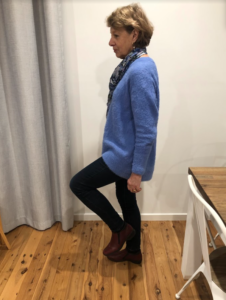
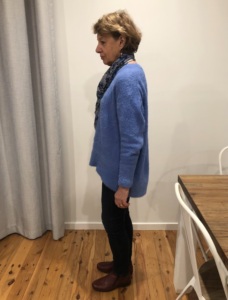
2. Squats – standing with your feet shoulder width apart (you can hold onto a chair or table to help balance). Bend at your knees keeping your back straight and leaning slightly forward. Tighten your buttocks as you return to standing. Repeat 10 times
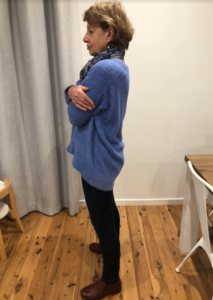
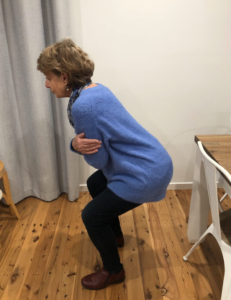
3. Standing on one leg – Make sure you have a sturdy piece of furniture or kitchen bench to hold onto. Try and stand on one leg with minimal support through your hands. Try and hold for 10seconds. Repeat on the other leg.
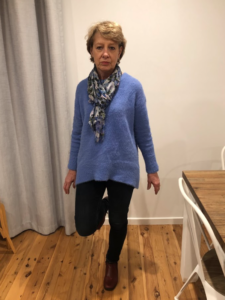
4. Bicep curls with light weights – can be done either sitting or standing. You can use a light hand weight, resistance bands or even a can of beans. Keeping your arms close to your body, straight your elbows and then bend. Repeat 10 times
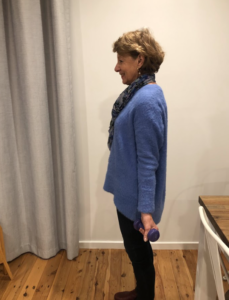
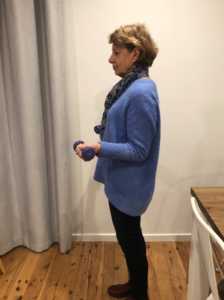
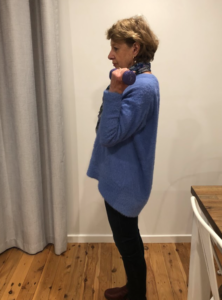
5. Shoulder lifts – can be done in sitting or standing using some light hand weights. Start with your arms down by your side and slowly raise your arms out in front of you up to shoulder level if able then lower down. Repeat 10 times
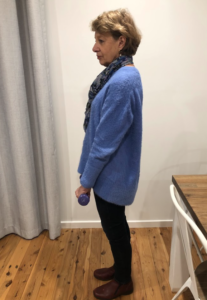
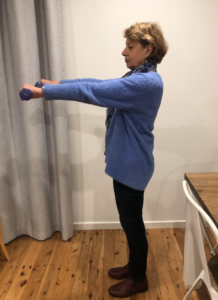
Remember whenever you start a new exercise program it is a good idea to speak to your doctor or physiotherapist first for guidance. Also remember to start slowly, progress gradually and don’t compare yourself to others as we are all different.
For a confidential and no-obligation chat with one of The Physio Co’s client care specialists – including experienced physiotherapists for seniors – please get in touch:
Ph 1300 797 793 or email [email protected]
Article written by Katie Jenkins, TPC physiotherapist
Article reviewed & updated by Tessa Machin, TPC physiotherapist

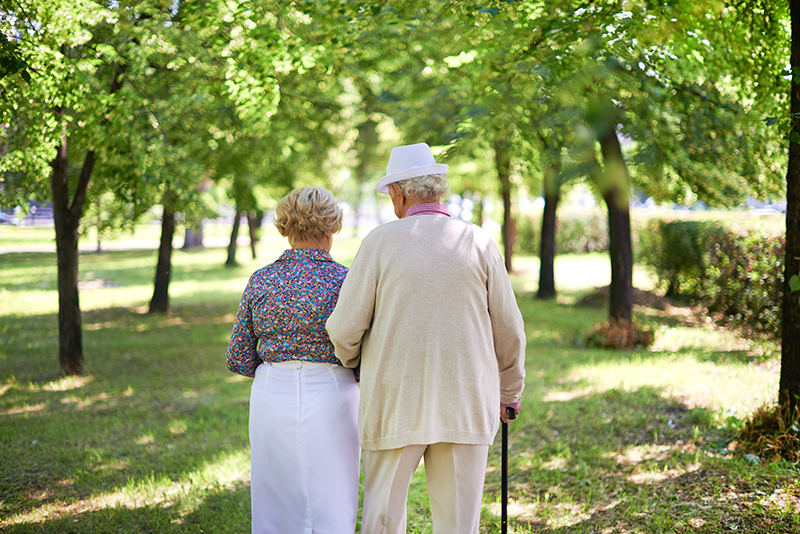

 1300 797 793
1300 797 793